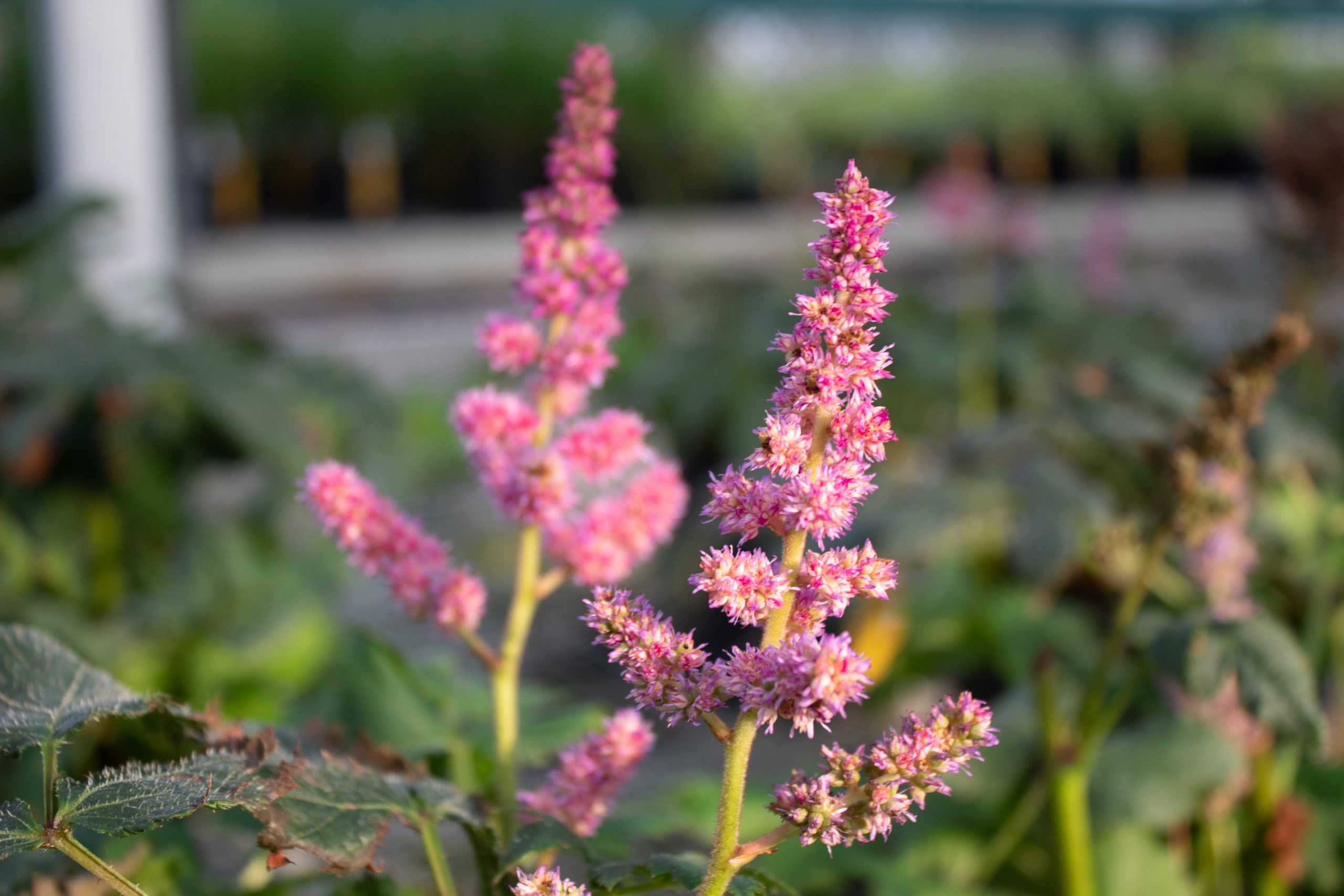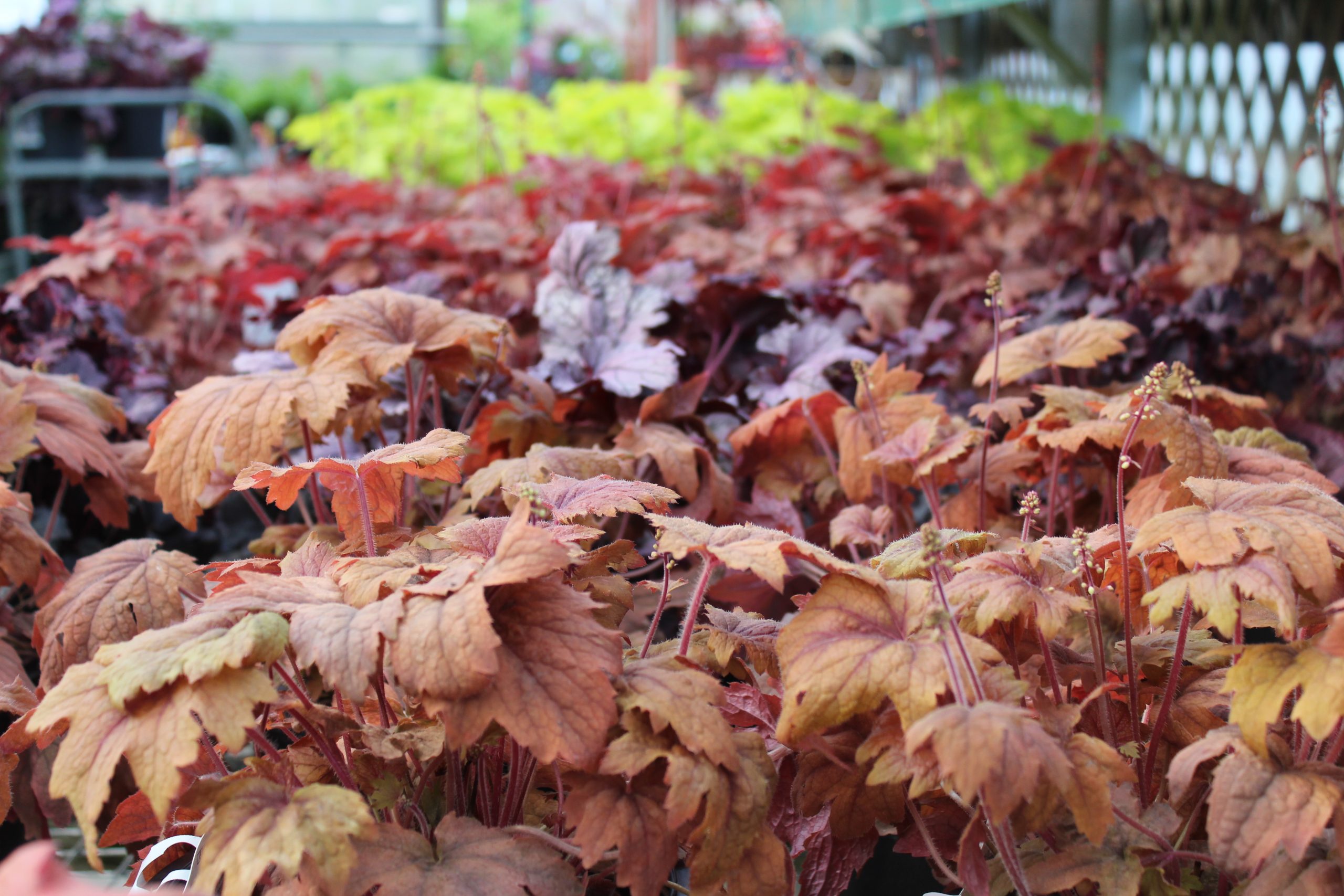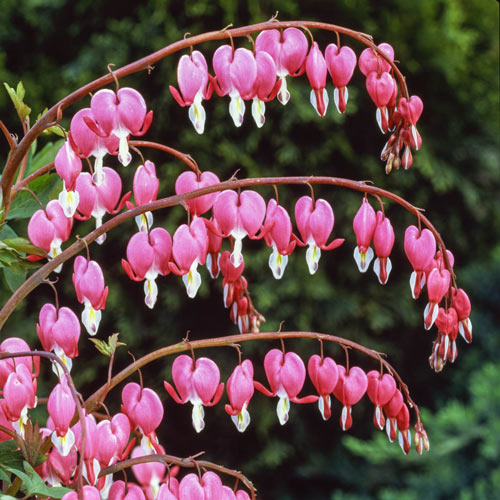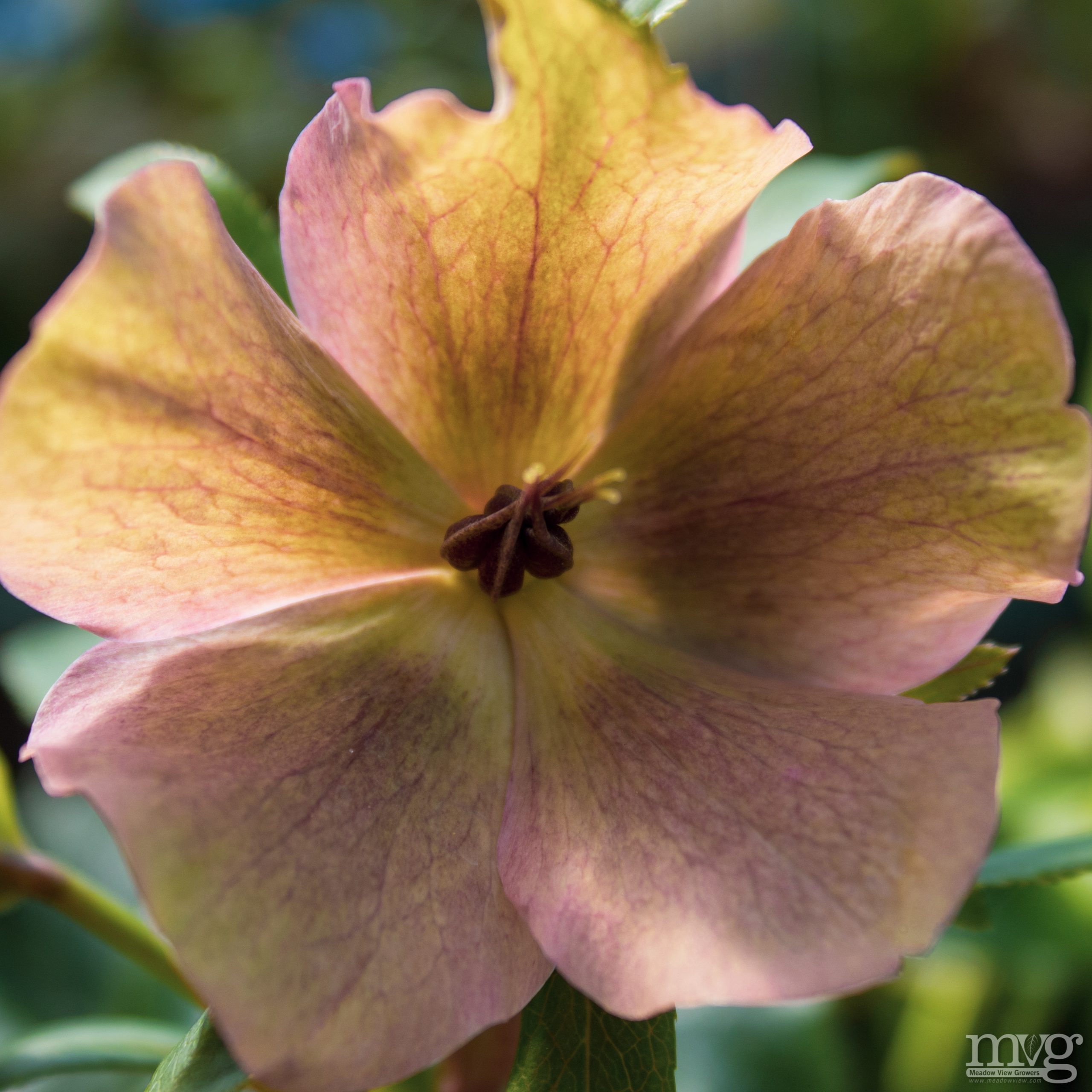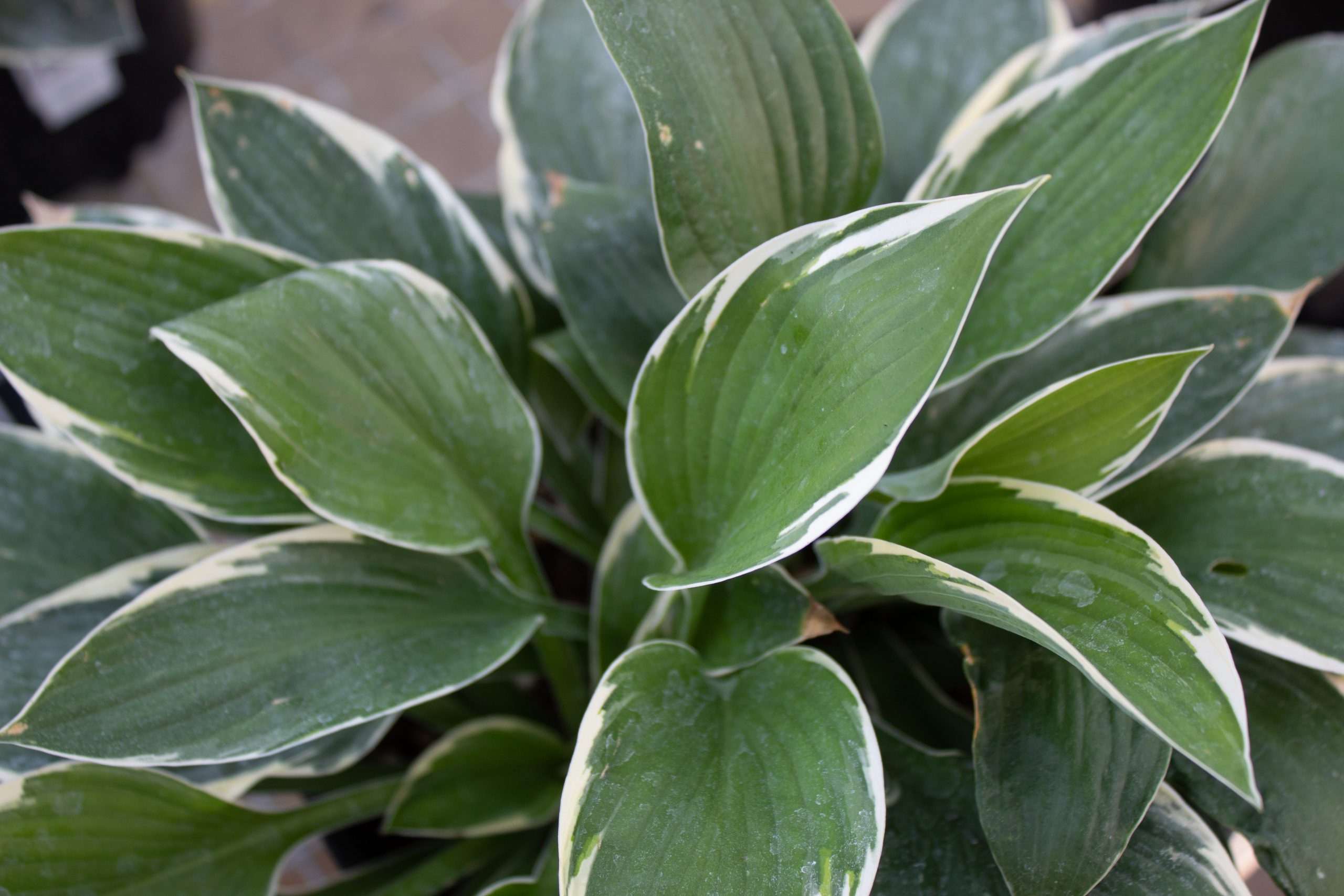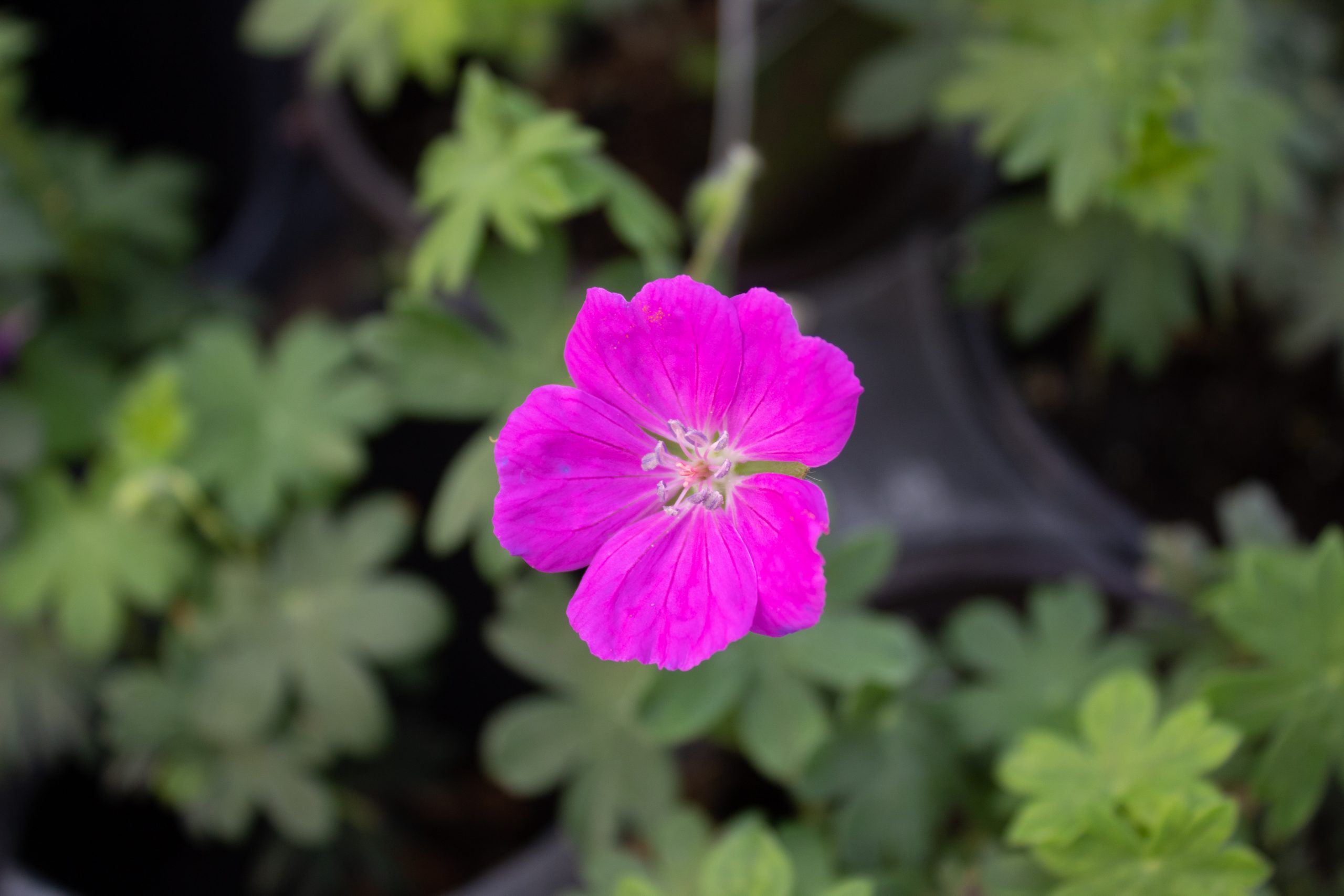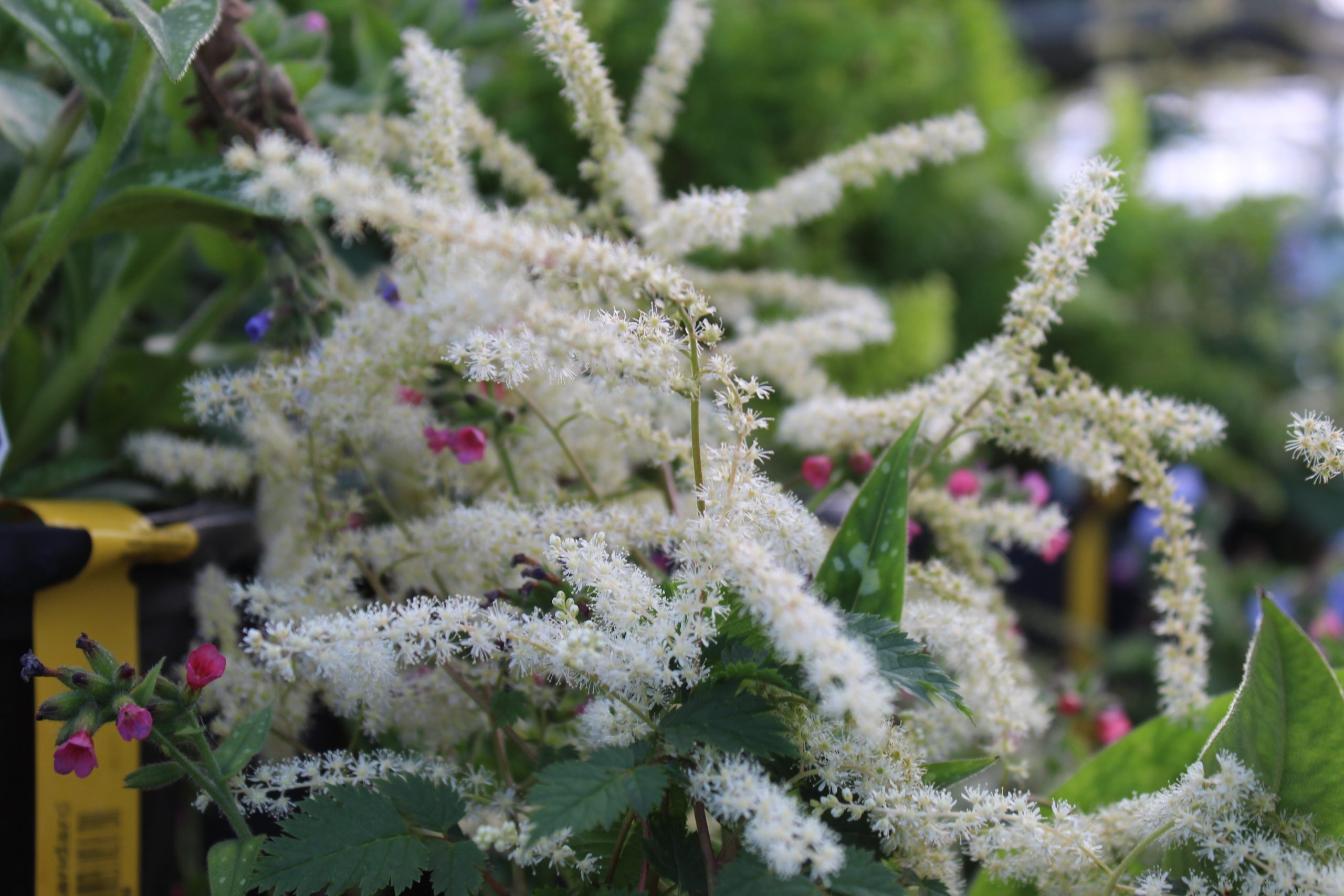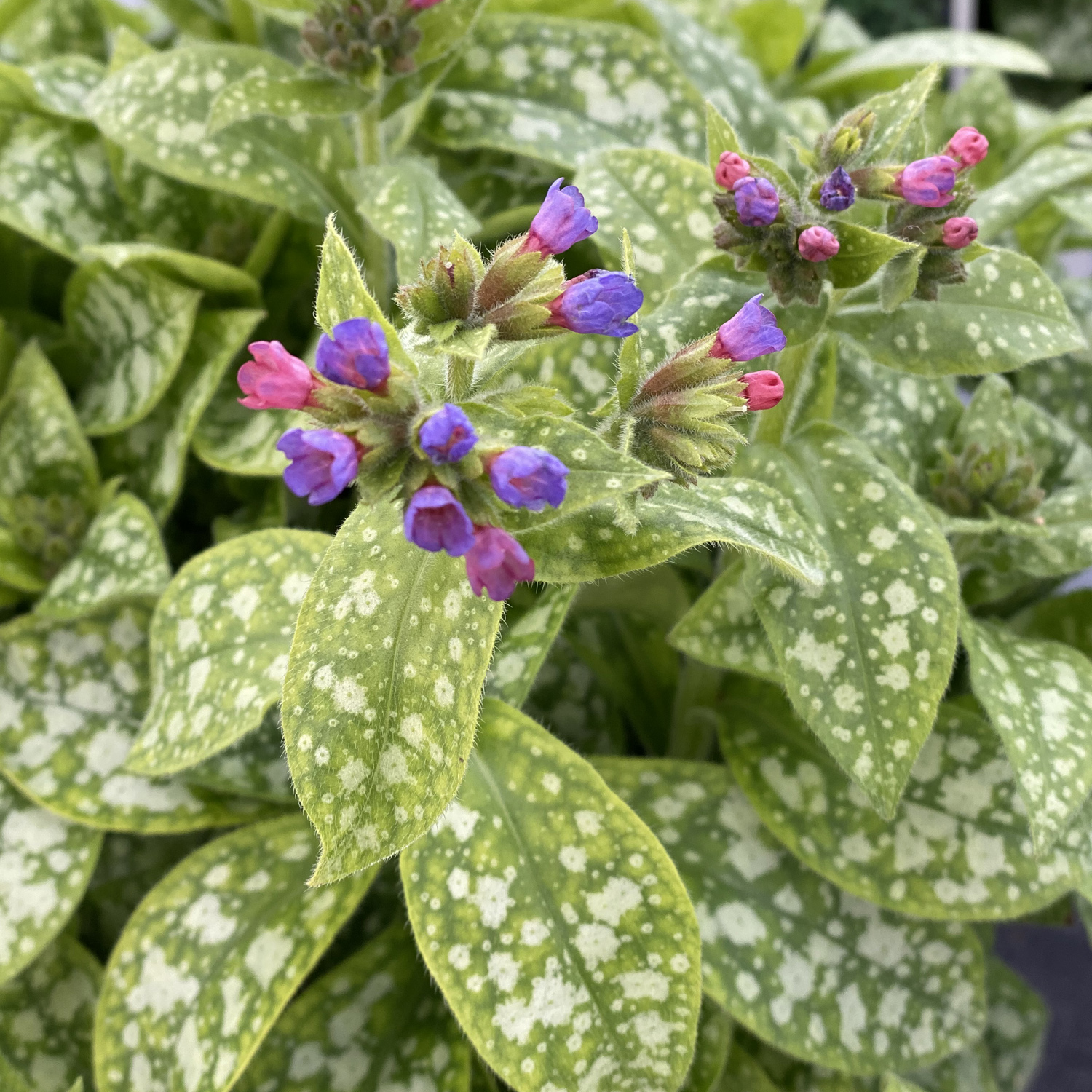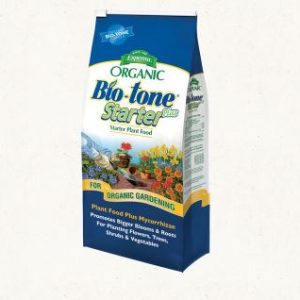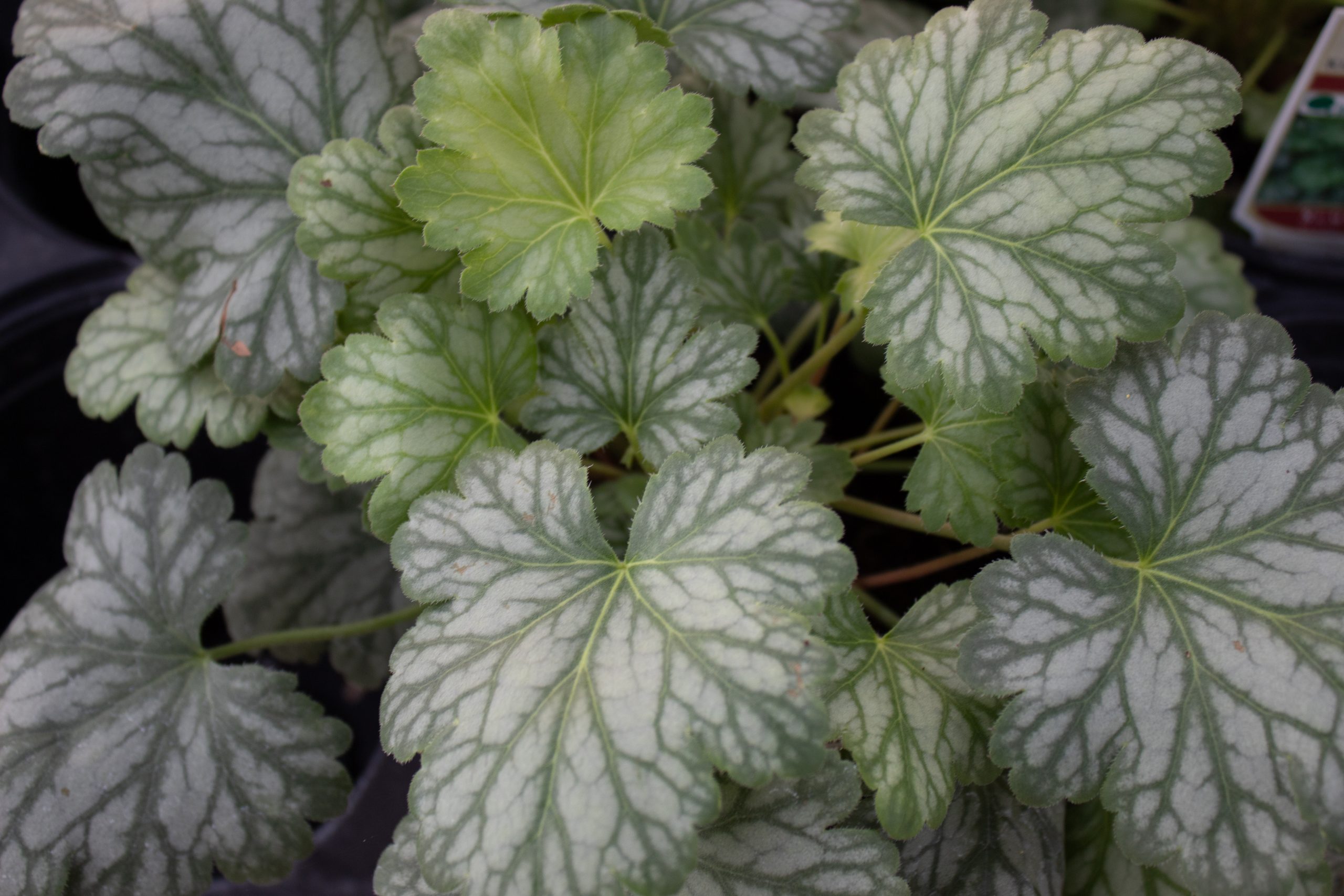
Levels Of Shade
Part shade, shade, deep shade…what exactly does it all mean? And how do you know what you have in your own garden? Let’s take a closer look at light levels so you can be sure to select the right plants for your containers and landscape.
Part Shade | 4-6 hours of direct sunlight
Also known as light shade, dappled sunlight, or intermittent shade. The pattern of sunlight travels across the ground and plants as the day unfolds. Sparsely branched trees and arbors may cast this type of shade. Many plants tagged as “Sun or Shade” or “Part Shade” or “Part Sun” will do well here, and so there’s a wide range of options.
Shade | 4 hours or less of direct sunlight
Also known as full shade or medium shade. This may be an open area with northern exposure or an area under a dense canopy of trees where light is reflected onto plants from surrounding surfaces. Plants designated for “Shade”, as shade tolerant, or as woodland natives will do best here.
Deep Shade | No direct sunlight
Areas where tall walls, fences, decks, and evergreens block most direct light. Some reflected indirect light may be present. Flowering options will be limited. Foliage plants will grow, but they may not display their best color and may become leggy as they reach for the light. Consider moss, stones, or gravel as a landscape solution.
